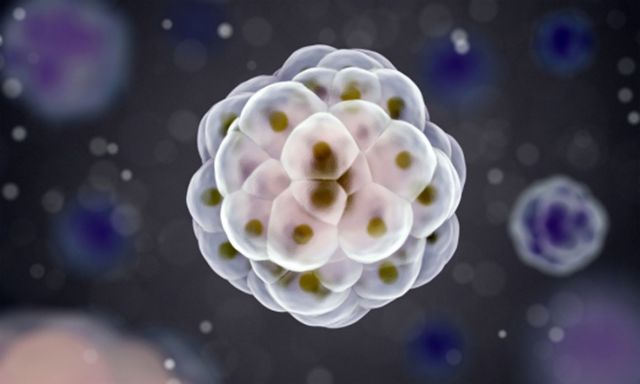How Stem Cells Make Decisions
Pluripotency is a feature of stem cell populations in which individual cells must know a great deal about their surroundings.

If you’re a human embryonic stem cell — and who among us hasn’t been — the G1 (“Gap 1”) phase of development is an important time. For the first few hours of this phase that occurs within the larger process of the cycle of cell division, you’re deliberating the nature of your existence: Will you keep your options open and remain pluripotent, that is, capable of developing into any type of cell? Or will you commit to becoming part of the tissue that eventually becomes the brain, bone, muscle, or gut? This crossroads in the cell cycle has been of particular interest to neuroscientist and MCDB professor Kenneth Kosik and his research group as they investigate how undifferentiated stem cells take their paths to becoming the specific tissues that comprise the human body, particularly those that become neural precursors. Kosik and his group have now uncovered a mechanism that sheds light on, and gives a robustness to, the embryonic development process, while suggesting a new take on the idea of pluripotency. Their research is published in the journal PLOS Biology.